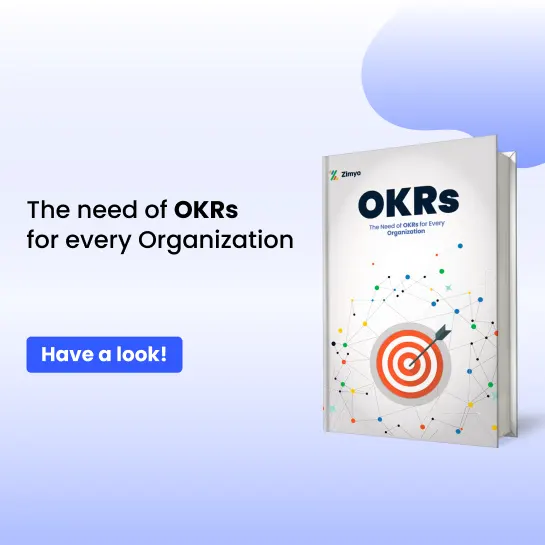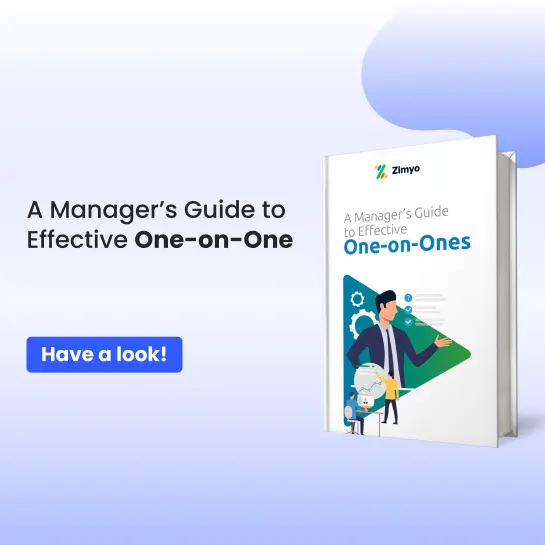The Business Analyst acts as the strategic link between business challenges and technological solutions. They identify business needs, translate them into clear requirements, and work with cross-functional teams to implement data-driven strategies. A successful Business Analyst combines strong analytical thinking, communication, and stakeholder management skills to drive operational efficiency and informed decision-making.
These interview questions help assess not just the candidate’s analytical expertise, but also their ability to communicate with stakeholders, adapt to change, and transform data into actionable business insights.
Interview Questions & Answering Tips
1. How do you approach gathering and documenting business requirements?
How to Answer:
- Mention methods like stakeholder interviews, workshops, surveys, and observation.
- Talk about tools you use (e.g., BRD, user stories, flowcharts).
- Highlight the importance of validating and prioritizing requirements.
2. How do you manage conflicting stakeholder expectations?
How to Answer:
- Emphasize active listening, clarification, and aligning with business goals.
- Mention using frameworks like MoSCoW prioritization or RACI matrix.
- Show calmness, neutrality, and focus on shared objectives.
3. Describe a time your analysis led to a major improvement.
How to Answer:
- Use the STAR method (Situation, Task, Action, Result).
- Focus on a problem, your analytical approach, and the measurable impact.
- Keep it concise and data-backed.
4. What tools do you commonly use as a Business Analyst?
How to Answer:
- List tools across categories:
- Data analysis: Excel, SQL, Power BI, Tableau
- Project/requirement management: Jira, Confluence, Trello
- Modeling/documentation: Lucidchart, Visio, Draw.io
- Mention why and when you use each.
5. How do you deal with scope creep during a project?
How to Answer:
- Show awareness of the dangers of uncontrolled changes.
- Mention clear documentation, change control processes, and stakeholder communication.
- Talk about balancing flexibility with discipline.
6. How do you ensure the solution meets business needs after implementation?
How to Answer:
- Talk about user acceptance testing (UAT), gathering feedback, and iterative improvement.
- Emphasize collaboration with QA and end-users.
- Mention defining KPIs or success metrics upfront.
7. Can you explain a complex technical concept to a non-technical stakeholder?
How to Answer:
- Focus on clarity, analogy, and tailoring your language to the audience.
- Emphasize empathy and bridging communication gaps.
- Maybe give an example of a time you did this.
8. Have you worked in Agile environments? What was your role?
How to Answer:
- Highlight your experience in daily stand-ups, backlog grooming, writing user stories, or sprint planning.
- Show understanding of Agile principles and cross-functional collaboration.
9. How do you prioritize tasks when everything feels urgent?
How to Answer:
- Mention frameworks like Eisenhower Matrix or MoSCoW.
- Emphasize alignment with business value and stakeholder input.
- Show organizational and communication skills.
10. How do you handle a situation where data is incomplete or inaccurate?
How to Answer:
- Talk about validating sources, identifying gaps, triangulating data, or using assumptions transparently.
- Emphasize quality over speed and proactive communication.
11. What’s the difference between a functional requirement and a non-functional requirement?
How to Answer:
- Define both clearly:
Functional = what the system should do
Non-functional = how the system performs (e.g., performance, security)
- Give a simple example to illustrate both.
12. Tell us about a time when a project didn’t go as planned. How did you handle it?
How to Answer:
- Use the STAR method to explain what went wrong and how you adapted.
- Highlight lessons learned, accountability, and communication with stakeholders.
13. How do you perform a gap analysis?
How to Answer:
- Talk about comparing current state vs. desired future state.
- Mention techniques like process mapping, SWOT analysis, or root cause analysis.
- Include how findings inform strategic decisions.
14. Have you ever had to say “no” to a stakeholder? How did you handle it?
How to Answer:
- Demonstrate diplomacy and tact.
- Emphasize how you used data, business priorities, or scope limits to explain your position.
- Show how you maintained the relationship.
15. How do you stay updated with industry trends and business analysis tools?
How to Answer:
- Mention reading blogs, taking courses, attending webinars, or being part of BA communities.
- Show that you’re proactive about learning and evolving with the role.
16. Do you have any questions for us?
How to Answer:
- Always say yes, it shows interest and preparation.
- Ask about the team structure, current projects, expectations in the first 90 days, or how success is measured in the role.
- Avoid only asking about salary or perks, keep it value-focused.
17. Why do you want to work with our company?
How to Answer:
- Show that you’ve researched the company — mention its mission, values, products, or industry position.
- Tie this into your personal goals and how your skills align.
- Keep it authentic and specific.
18. Where do you see yourself in the next 2–3 years?
How to Answer:
- Share your professional growth goals (e.g., leading projects, mentoring others, expanding your domain knowledge).
- Align your answer with opportunities the company can realistically offer.
19. What makes you the right fit for this role?
How to Answer:
- Summarize your core strengths , analytical thinking, communication, business acumen, tools you know.
- Reiterate your enthusiasm and how your experience meets the key needs of the position.


